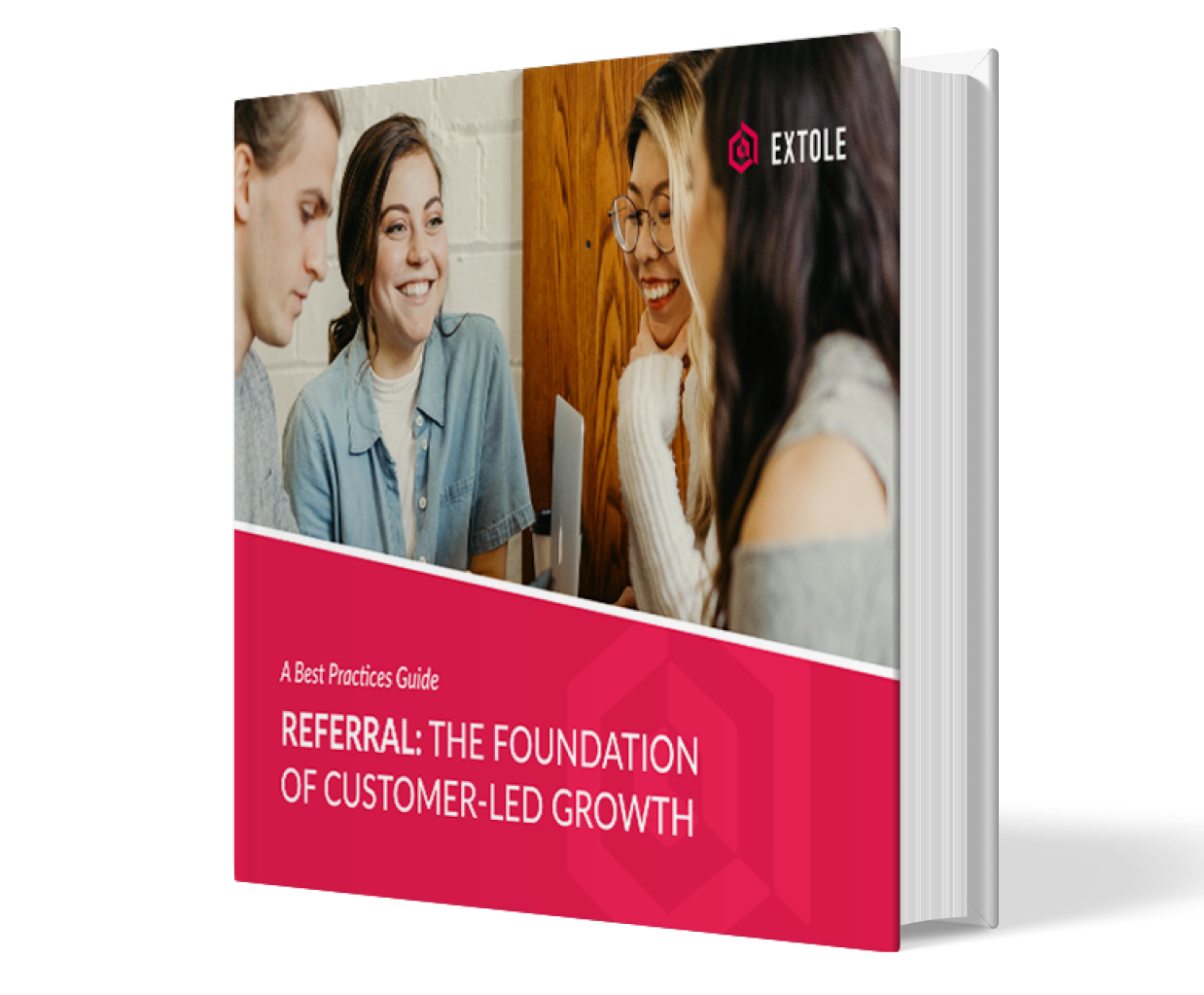During COVID-19, we are seeing a range of business outcomes. Some businesses like food delivery are seeing spikes of up to 400% revenue growth. Some like movie theaters, entertainment venues, and travel are seeing their revenue approach zero. In planning for the post-pandemic future, the question for the first group will be: “How many of these fair-weather fans are going to remain customers?” For the latter, “How many of your prior customers will actually come back?”
The pullback is in its seventh month. We leaders must internalize that this is not a blip or a dip but instead an upheaval. It is cliche to say this changes everything, but I am absolutely certain that we are witnessing a structural change in our relationship with customers. The “Age of Acquisition” is ending.
The first quarter century of eCommerce has been dominated by the funnel, and most notably, by paid search and, in the last few years, paid social. We acquire traffic and gain conversions. In a world where we can know infinite amounts about virtually everyone, we still obsess over new customer acquisition sources and transactions. In this world, the actual living, breathing customer is no more than an abstraction – what is real is their credit card number, or more importantly, their authorization to charge on it!
But what happens when that stops? Like 300 million tiny John (and Joan) Galts, the consumer has effectively stopped the motor of the world. Who knew that the actual engine of the economy was not the CEOs (like me!) who sit hapless and anxious but the individual, empowered consumer? We may have claimed that “the Customer is King,” but now we know they have absolute power, silently delivering execution orders to some of the largest travel, entertainment, and retail companies.
If you had a direct relationship with a group of people with absolute power over the life and death of your livelihood, how would you behave?
I know what I would do. I would lavish them with gifts. I would stop asking them for money and start communicating with them. I would recognize when they bestowed grace upon me. And I would figure out which ones were really my friends. I would treat them the way you treat people with power over you – thoughtfully, carefully, and well. And I would really, really, really focus on making sure that the ones I invested in were invested in me.

Referral Marketing – The Best Practices You Need to Know
Written by veteran referral marketers, this guide will help you optimize your referral marketing program and supercharge growth.
Get the GuideSo let’s make a change.
First off, let’s let go of the notion that the health of the customer is just a function of how much they spend. If you had to choose between two customers, one that reliably spent $500/month, and one that reliably posted on social media and message boards about your brand, which would you choose? The second customer not only amplifies your brand, but they are clearly your target. They understand your proposition and are willing to embody it. Now ask which you give attention to now (if either!).
The key is understanding that the “whole customer” view must incorporate transactional, what they buy and for how much, with the non-transactional, what they do, who it influences, and how often.
With transactional approaches, we can identify the highest spending customer, or a customer that may be waning. With a combined approach, we can understand how close an individual is to being our ideal customer and how we should invest to develop and retain them. Every viable brand has an ideal customer. It is the customer for whom your product (service, offering…) truly resonates. We want to maximize revenue from her. But it is equally important that we maintain her enthusiasm and sense of connection and that we prioritize acquiring more customers like her. This is the heart of what we call loyalty – enthusiasm, connection, and participation.
Buying keywords cannot do this. It can prime the pump. Even sophisticated custom audience targeting on Facebook can’t do it because the information we are providing is still transactional. Which ads convert? Which audiences spend the most.
But what if we incorporated non-transactional information like do they refer? Did they rate or review? Do they share? Do they influence purchases? The profile of that customer is much richer and is a much more precise model for an ideal customer. And when we find this ideal customer we can actually deploy resources like incentives, bonuses, and recognition more liberally because we are doing it less arbitrarily.
In the best case, we can concentrate our budget, including acquisition, on fewer targets with enough firepower to win. What could you do for a customer that you know was carrying water for you? That you know had driven $10,000 in revenue from other people thanks to referrals? That you know invited friends to events? What wouldn’t you do?
And just as important, how would you act if incentives were not discounts for new to file but were used to creatively recognize important behavior and relationships?
In the world after this world, where customer habits have been exploded, this may be the most important question you can answer.




